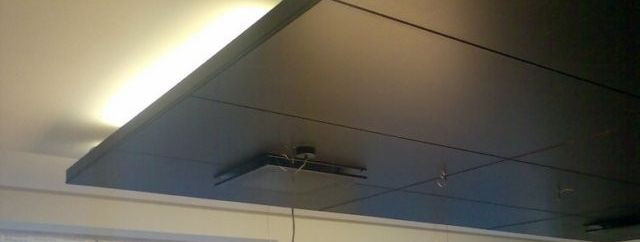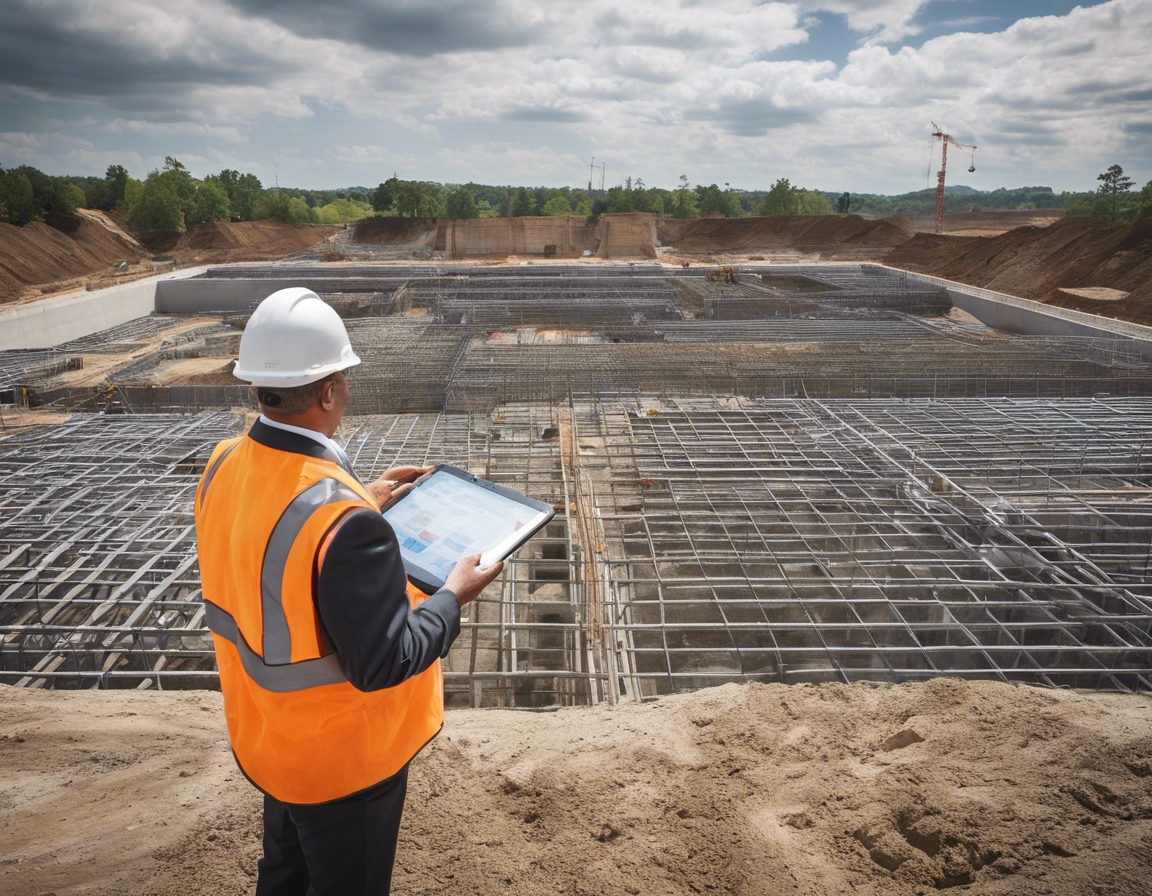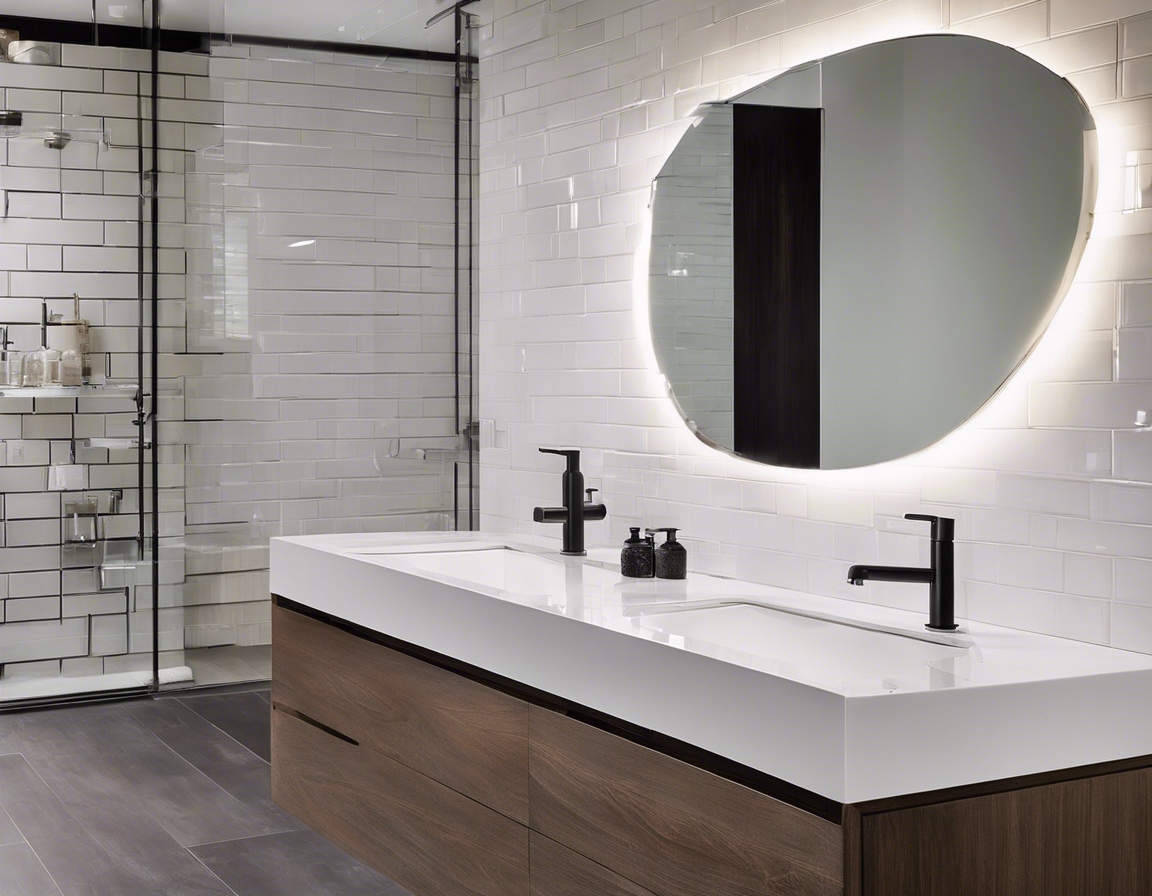The homeowner's guide to modular housing
Modular housing refers to a construction method where a home is built in sections, or modules, in a factory setting before being transported to the site for assembly. This innovative approach to homebuilding combines precision engineering with modern design, offering a unique alternative to traditional on-site construction.
The popularity of modular homes has surged in recent years, driven by advances in technology, growing environmental concerns, and a demand for more efficient building practices. As the housing market evolves, modular homes are becoming a go-to choice for developers, investors, and homeowners alike.
Benefits of Modular Housing
Modular homes are built to meet or exceed the same building codes as traditional homes. The controlled factory environment reduces the risk of defects and weather-related damage, ensuring a high-quality finish that stands the test of time.
One of the most compelling advantages of modular housing is the speed of construction. Modules can be built simultaneously as the site is being prepared, significantly cutting down the overall build time.
With reduced construction time and more efficient use of materials, modular homes often come with a lower price tag compared to traditional builds, without compromising on quality.
Modular homes are at the forefront of eco-friendly construction. They generate less waste, can be designed for optimal energy efficiency, and often incorporate sustainable materials.
Contrary to popular belief, modular homes offer a vast array of design options. From modern minimalist to traditional aesthetics, the possibilities are virtually limitless.
Understanding the Modular Home Building Process
Choosing a modular home starts with design and customization. Homeowners can select from a variety of floor plans and finishes to suit their preferences and needs.
In the factory, each module is constructed with precision, using high-quality materials and strict quality control measures. This phase includes framing, insulation, plumbing, electrical work, and more.
While modules are being built, the site is prepared, and a foundation is laid. Proper site preparation is crucial for the longevity and stability of the modular home.
Once the modules arrive on-site, they are assembled on the foundation. The final phase includes connecting the modules, adding any additional exterior and interior finishes, and ensuring all systems are operational.
Choosing the Right Modular Home Provider
It's essential to choose a provider with a solid reputation and ample experience in modular construction. Researching their past projects and customer reviews can provide valuable insights.
A good provider should offer a wide range of design options and customization opportunities to meet diverse client needs.
The quality of materials and construction methods used by the provider will directly impact the durability and performance of your modular home.
Look for providers that offer comprehensive warranties and reliable after-sales service to ensure peace of mind.
Financing Your Modular Home
Understanding the full cost of a modular home, including design, construction, transportation, and assembly, is crucial for effective budgeting.
Various financing options are available for modular homes, similar to traditional mortgages. It's important to explore these options and find the best fit for your financial situation.
Insurance for modular homes is generally comparable to that of traditional homes, but it's important to confirm coverage details with your insurance provider.
Installation and Maintenance
Ensuring that the site is accessible for the delivery of modules is a critical step in the installation process. Logistics should be carefully planned to avoid any complications.
Connecting utilities to a modular home is a key part of the installation process. This includes water, electricity, gas, and sewage systems.
Like any home, modular homes require regular maintenance to keep them in top condition. Homeowners should be aware of specific maintenance requirements for their modular home.






Comments (0)